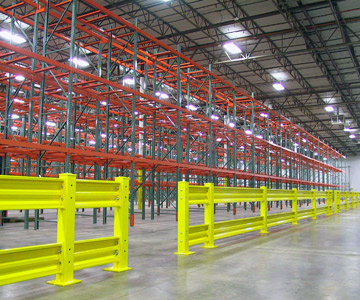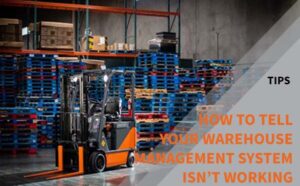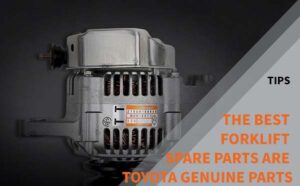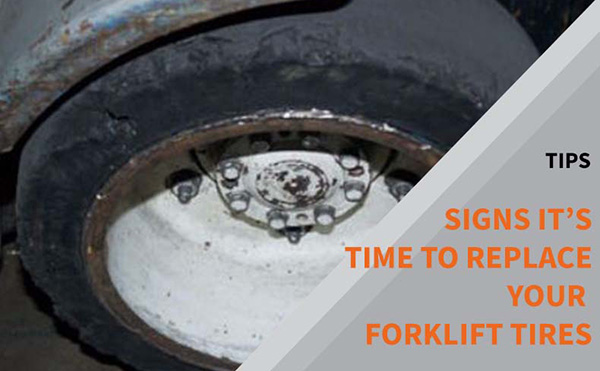Originally posted 10-06-2017 and updated with new information.
Almost every warehouse will experience some level of damage based on the level of complexity of the building and storage layout, experience of lift drivers, aisle width, type of lift, type of product, etc.
There are many products that can provide protection against damage. Here are some safety tips to keep in mind for prevention:
-
Consider installing pallet rack guarding.
Falling objects, especially in a warehouse, are never a good thing. At best, you could be looking at costly damages to product and at worst, injury to an employee. Pallet rack guards are designed to prevent this. Designed with a sturdy metal frame and welded mesh panels, they bolt directly to the shelves and ensure that nothing slides off the “back” of the rack. Their mesh design allows you to maintain visibility and ensure airflow. Most rack guards either mount flush, for work with smaller boxes, such as in a picking scenario or off set to accommodate pallet overhang. The incremental cost of using pallet rack guarding will typically pay for itself fairly quickly by preventing more costly damage to the structural components of the system.
-
Utilize floor mounted column protection.
We’ve all seen videos of warehouses where one wrong turn of a forklift brings down half a warehouse of racks. Unless you are using self guided lifts that are highly unlikely to impact your rack system, you will need a barrier between your equipment and your pallet racks. Installing floor mounted column protectors can protect your racking from being damaged. To provide the most protection, protectors with internal anchors are preferred because they absorb the impact so that the pallet racks do not. It is much easier to replace guarding than it is to replace a pallet rack system. Though internal anchors tend to be more labor intensive, they don’t cause the damage to forklift wheels that exposed anchors do. This results in less time spent maintaining the wheels.

These column guards prevent physical damage to your racks and potential damage to your products. -
Use Rack Aisle Protectors.
In a busy warehouse, it’s easy for equipment drivers to underestimate a turn and collide with the rack. Each accidental impact risks reducing the integrity of the rack structure, forcing you spend time and money replacing them. Full length Rack Aisle Protectors installed in high traffic areas provide a visual and physical barrier to lift equipment. Common versions include “wrap-around”, which also serve as column guards and “tapered” which work in concert with floor angle guides.
-
Installing Heavy Duty Guard Rails.
Just like their use on the highway, guard rails prevent vehicles from venturing into areas where they don’t belong, whether that is pedestrian walkways or machinery areas. They are designed to withstand heavy impacts at low speeds and provide a clear visual deterrent for drivers and a prevent people walking from straying into high traffic areas. For those spaces where the risk is only vehicle to equipment, single post, low the ground railing is also available

Double high guard rails can help define walkways and sensitive spaces. -
Ensure transition points are well lit and clearly marked.
Making sure that all transition points for lift equipment are well lit, visually clear, and marked appropriately helps even inexperienced operators and pedestrians alike clearly understand traffic patterns. In areas where guardrails aren’t practical, it’s common place to use paint or marking tapes. Install signs or mirrors at key traffic points to maximize visibility and caution.
-
Maintain a rigorous training program.
A rigorous training program ensures all operators are qualified to operate their respective lift equipment and use its associated safety equipment.
By keeping these tips in mind, you can prevent damage to your racking and ensure that your operators are practicing safe driving procedures.


